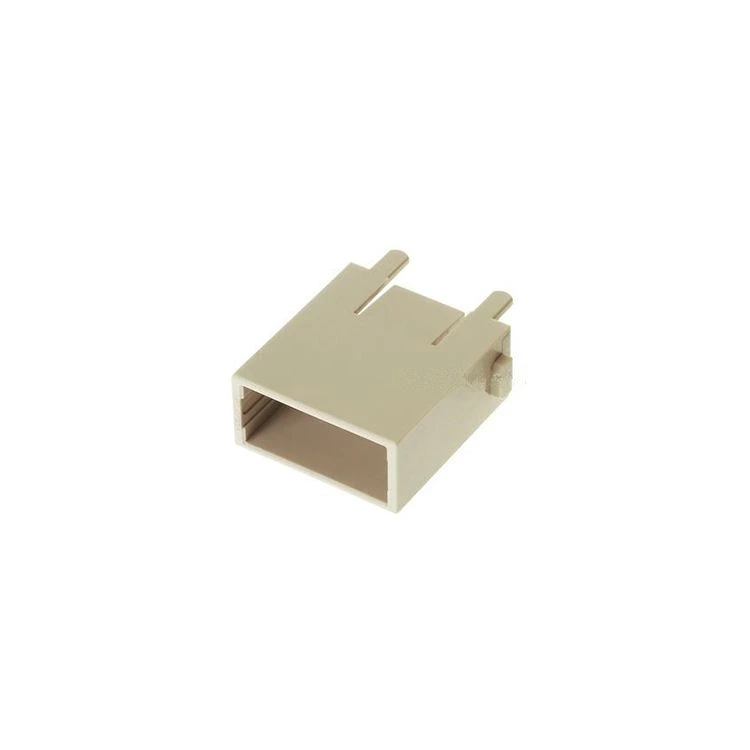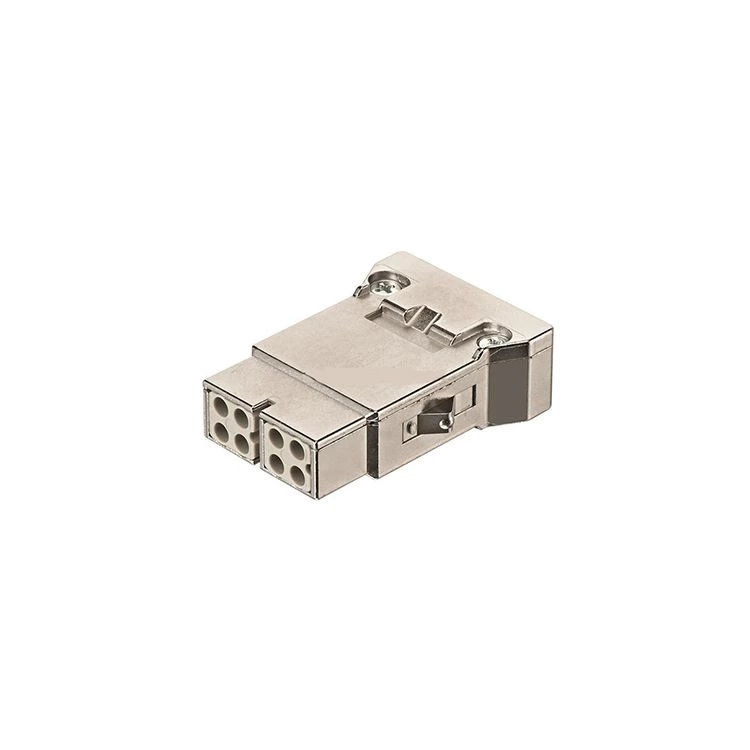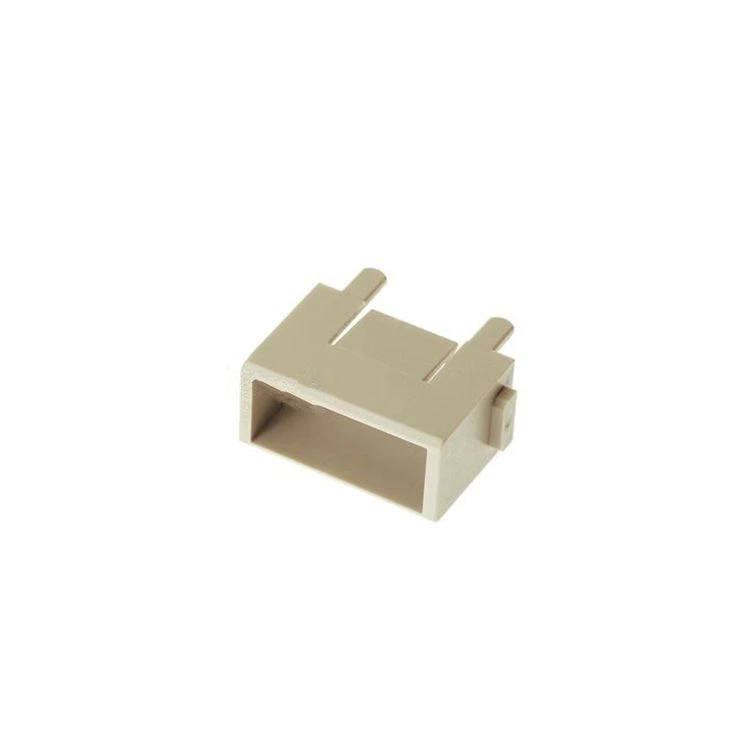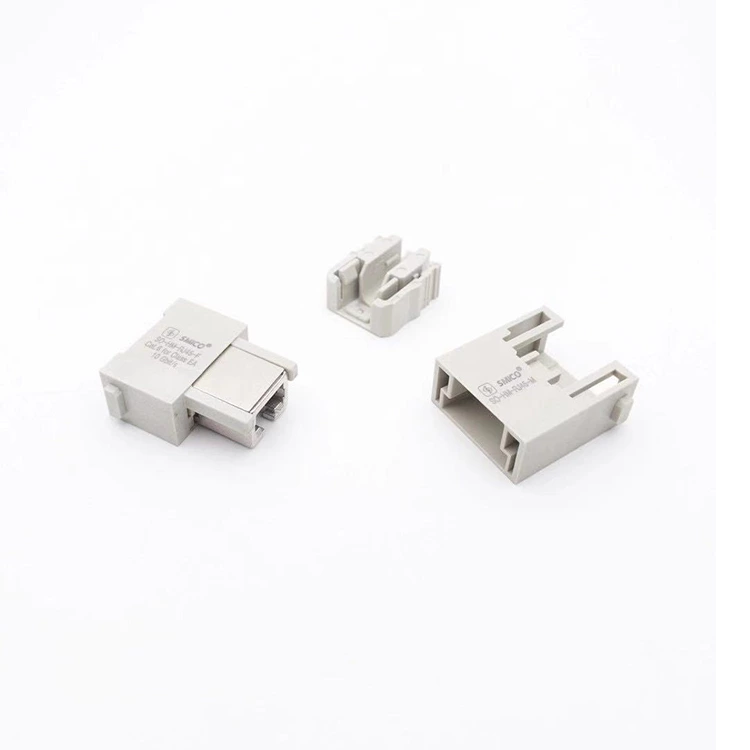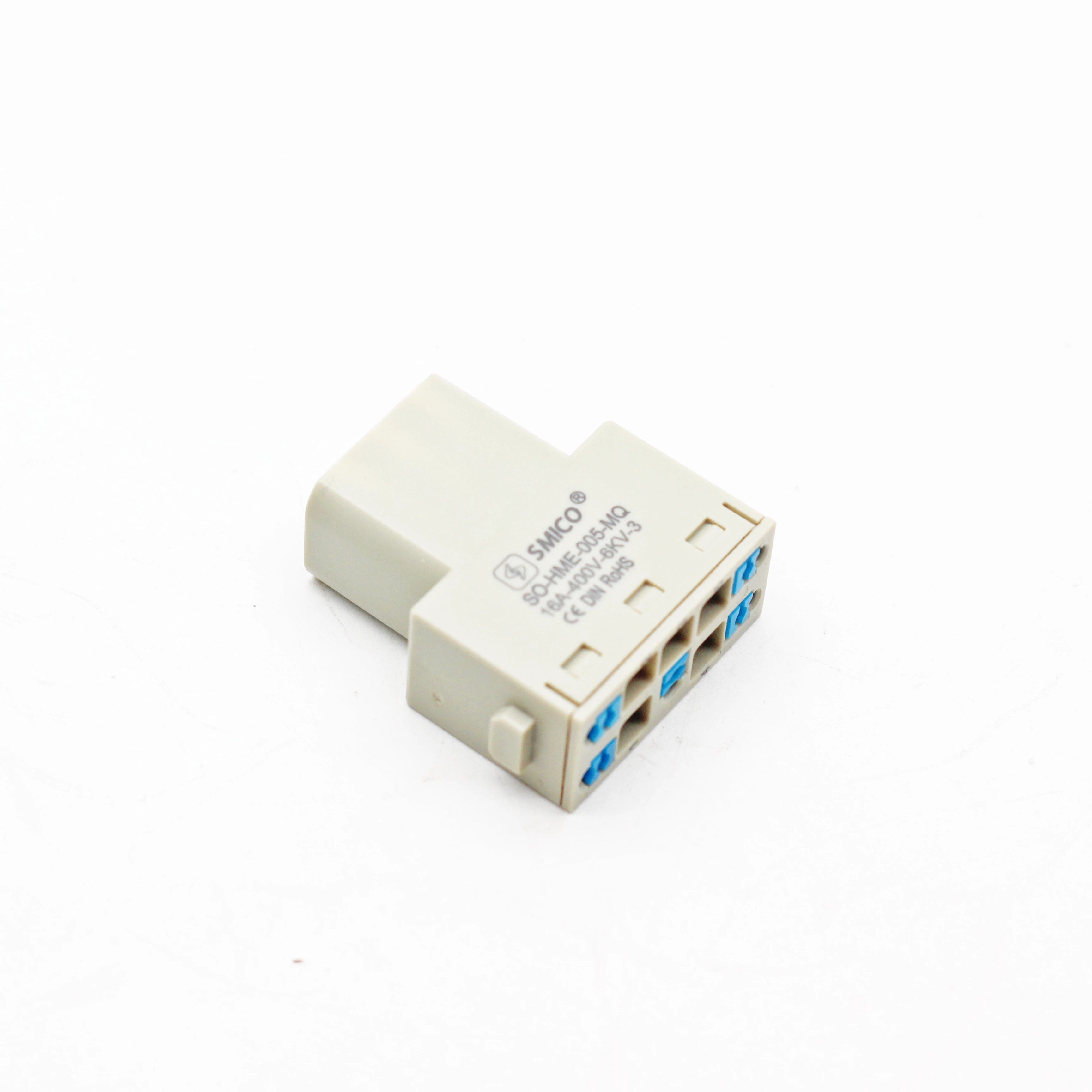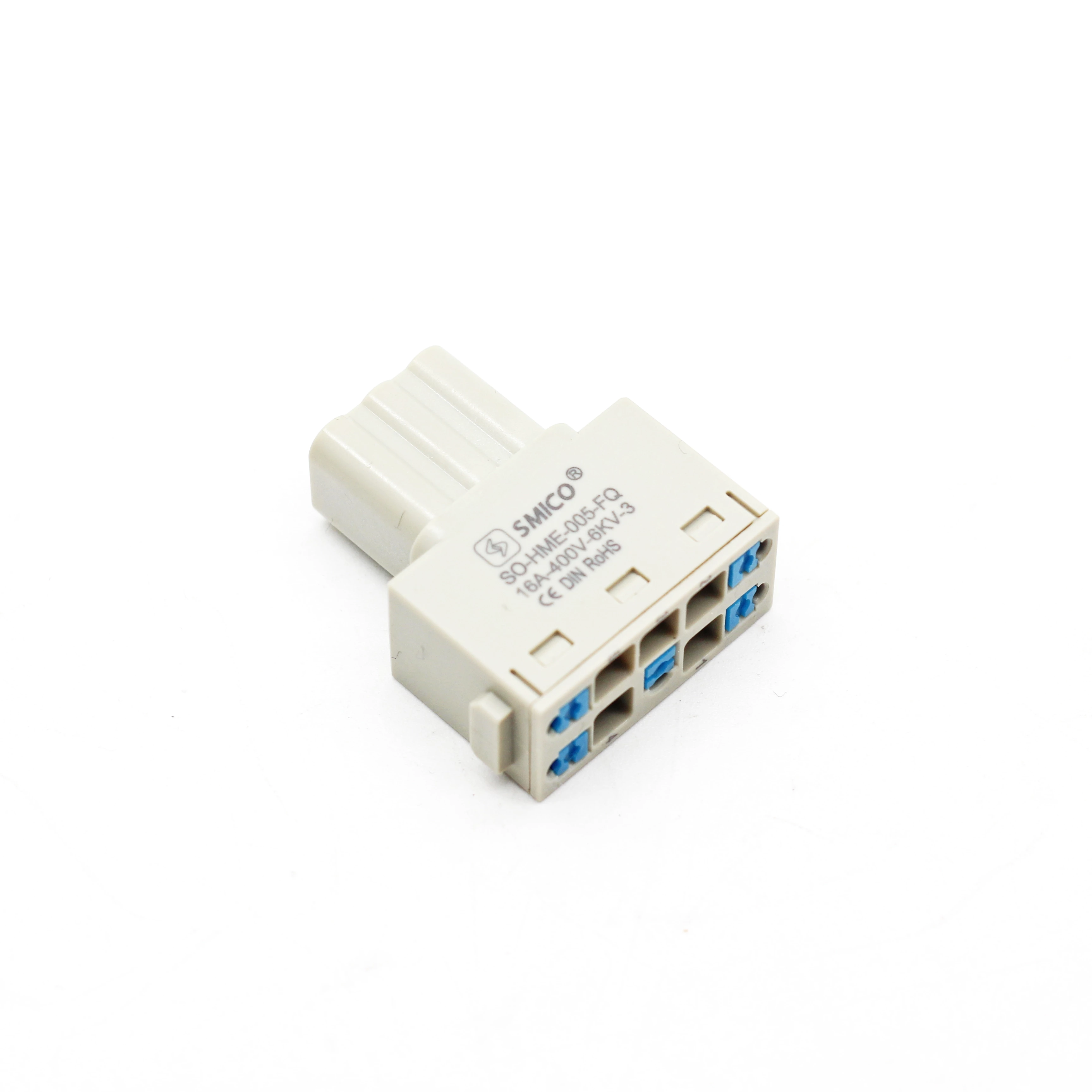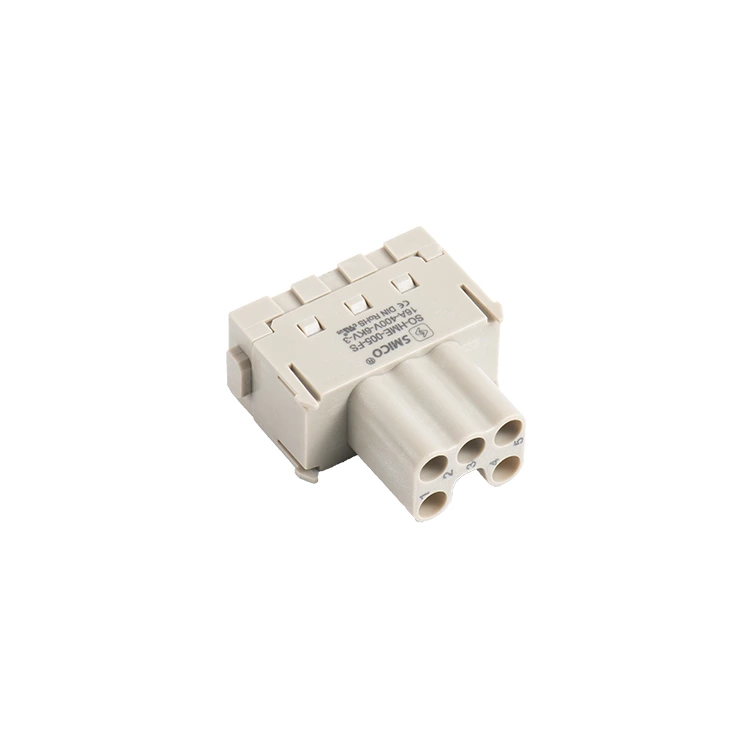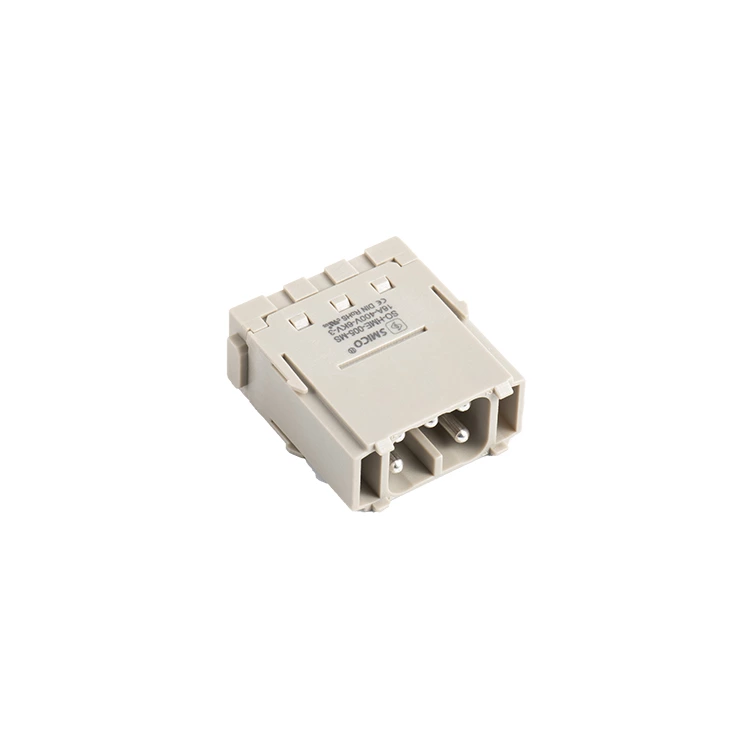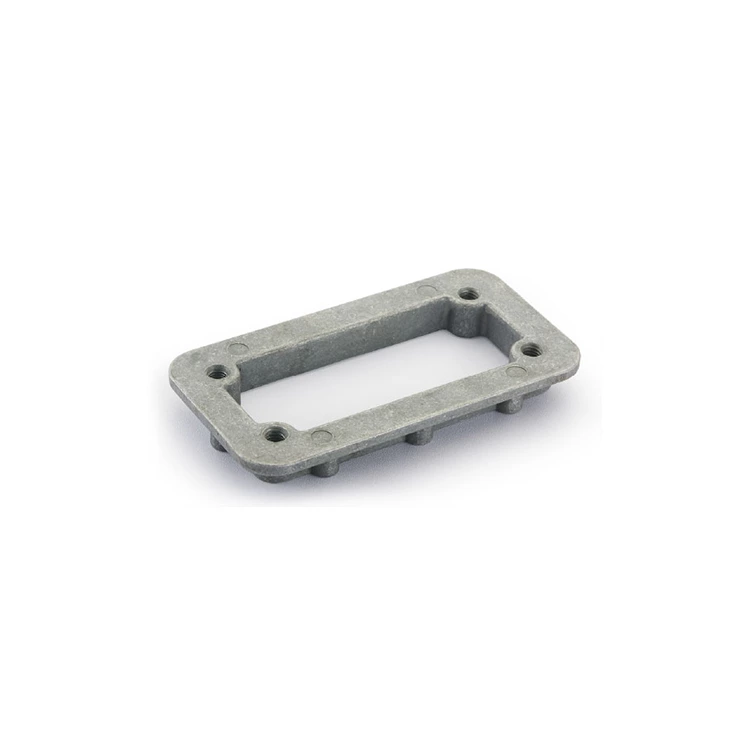Analysis Of Heavy-duty Connector Structure And Manufacturing Process
The metal contacts of component heavy duty crimp connectors are machined on a lathe; the housing and insulation of component heavy duty waterproof electrical connectors are manufactured through die casting and injection molding. When processing the metal contacts of component heavy duty 2 pin connector, a high-quality conductive alloy is preferred, and roughing, finishing, and chamfering are performed on a CNC lathe. During the machining of the metal contacts of component heavy duty connector 16 pin, the tool speed, feed rate, and cooling/lubrication methods are precisely set to meet the geometric accuracy and mechanical fit requirements of the contact components of component heavy duty connector 5 pin. The lathe-machined metal contacts have good surface roughness and dimensional consistency.
In the manufacturing of the housing and insulation of component heavy duty connector 6 pin, the housing is typically manufactured using die casting, where molten alloy is injected into a mold under high pressure to achieve a unified structure; the insulation is mostly injection molded, using high-molecular engineering plastics injected into the mold, held under pressure, and cooled to form the final product. Die-cast parts undergo further processing after demolding, deburring, and heat treatment to ensure the structural stability and dimensional matching of the housing of component heavy duty electrical contacts. Injection-molded parts have the demolding angle, cooling time, and plastic flowability considered in the mold design, resulting in a precisely structured insulation component.
